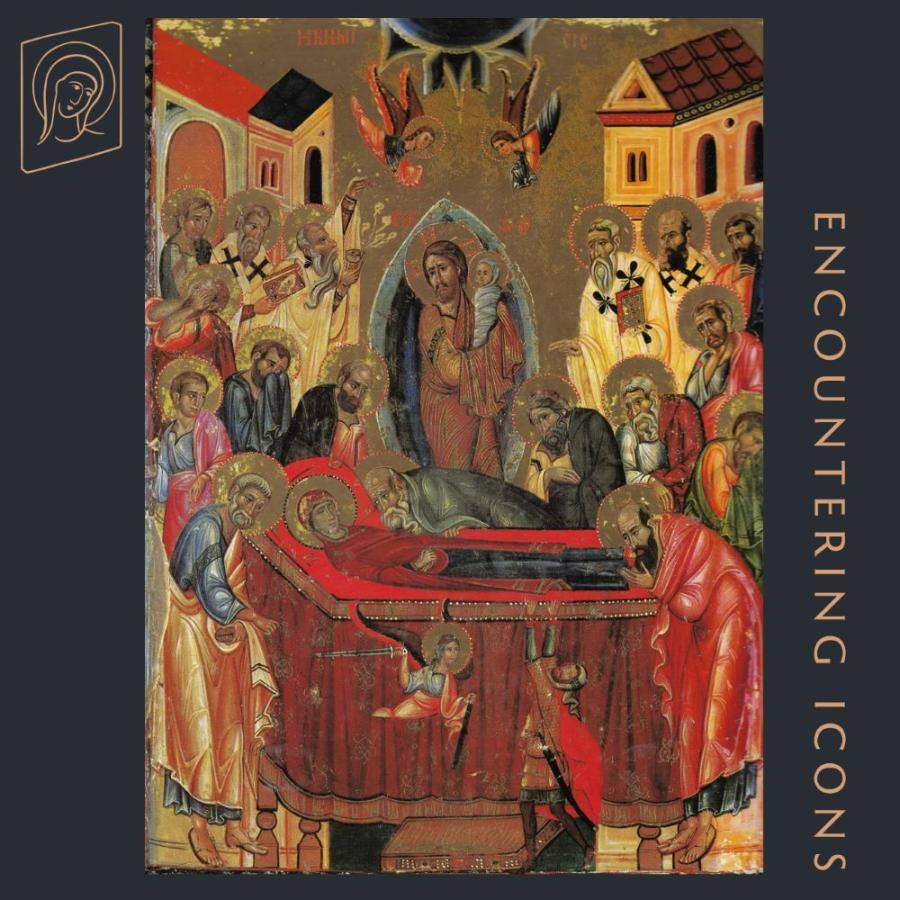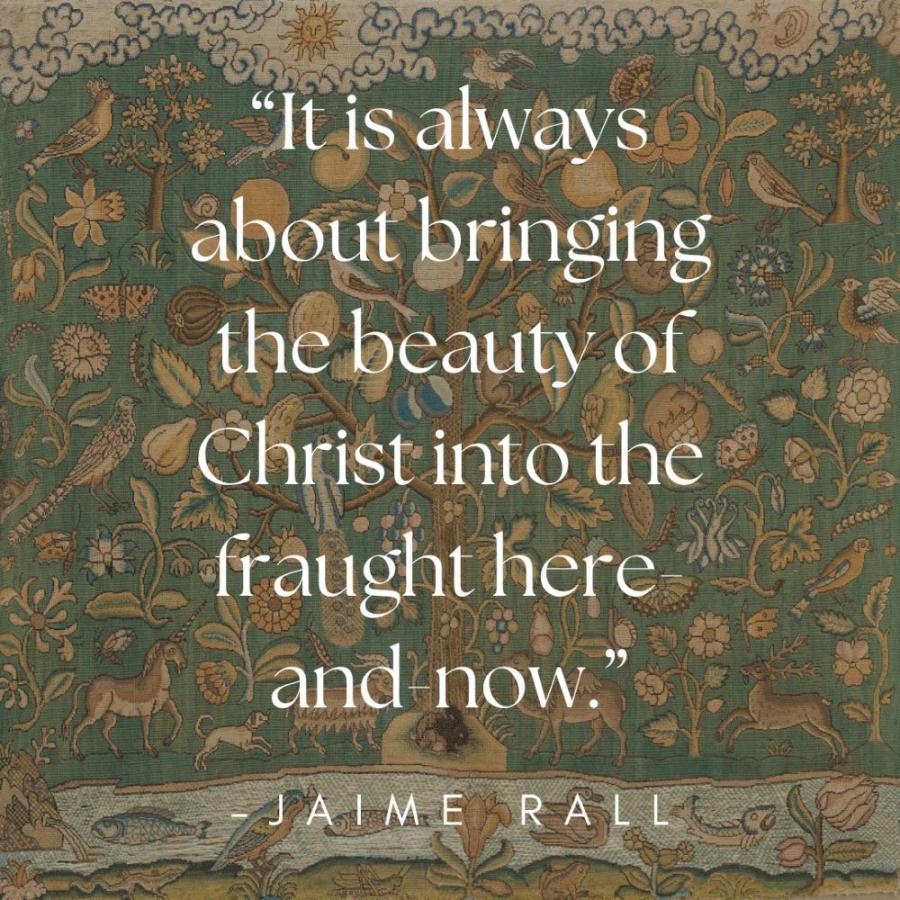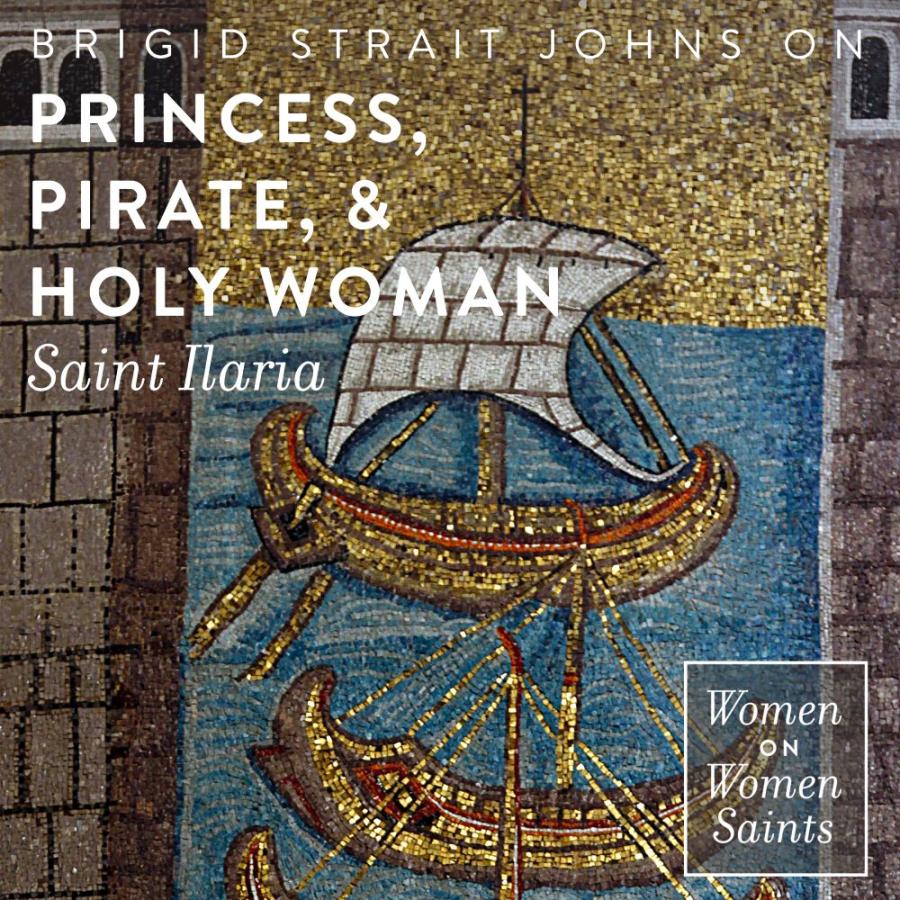Stories

A class of eager-eyed Bible college students confidently entered the nave of the Greek Orthodox cathedral. I lagged behind the group, looking at the religious paintings in the narthex, eyeing a pile of candles beside what looked like a small elevated sandbox. Some stubby, unlit candles stuck up out of the sand.
We were greeted by a man in a long black robe, sporting wire-rimmed glasses and a trim beard. He welcomed us to take a seat. The rows of pews and stained glass windows were not unusual in a Christian church. But where I would have expected an altar was an ornamental wall with a number of doors and an image of Christ on one side and Mary with the Christ child on the other.

As those of you know who follow us regularly, we run a series called Woman of the Week—and it stretches back five years, almost to the time of our founding. Someone nominates a woman that they admire, and I interview her about three things: how she got from where she started to where she is now, then some area of her expertise, and lastly about her morning routine. That lets our community hear about some amazing paths to being effective in the church, and it also gives us a chance to take a deep dive into an area we might not know about. The question about the morning routine is also key. The answer shows us that this person is deeply human—plus we may pick up some tips about how to improve our own mornings.
We want to hear about an encounter you had with an icon - anywhere, anytime. What was memorable about this encounter? What do you still carry with you from that encounter today?
The piece should be between 500 and 1500 words long. Send to axiawomen@gmail.com with the subject line "My Icon Story." We'll be picking at least six for our blog over the coming months. Deadline is October 15.
We can't wait to read what you write!
(Orthodox women only, please.)


“For me, it is always about bringing the beauty of Christ into the fraught here-and-now, whether that means helping people see Christ in an icon that was made by human hands or working myself to be an icon of Christ to somebody who is suffering.” –Jaime Rall

“I often think that we need beauty as much as we need food, water, or shelter. And I don’t mean beauty from material wealth. Rather, beauty in nature, in quality of thought and action, in ethical and moral vision, in human understanding, in divine awareness, and in forms of expression –whether spoken, sung, imaged, crafted, or prayed.” (Church historian Susan Ashbrook Harvey)

The incredible variety across saints’ lives has kept me in the church. If a princess can grow up to be an honored empress (St. Theophano), a deposed queen (Sts. Alexandra & Valeria), an abbess (St. Elizabeth the New Martyr), or a runaway-turned-monk and in each case find her way to sainthood, then there must be a path to sainthood for me, too. This story is about the princess who ran away to be a monk, one of my favorites.


